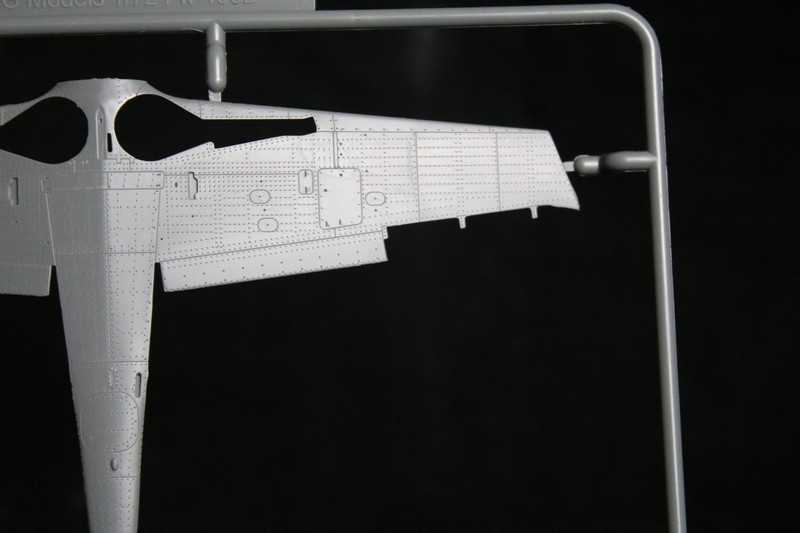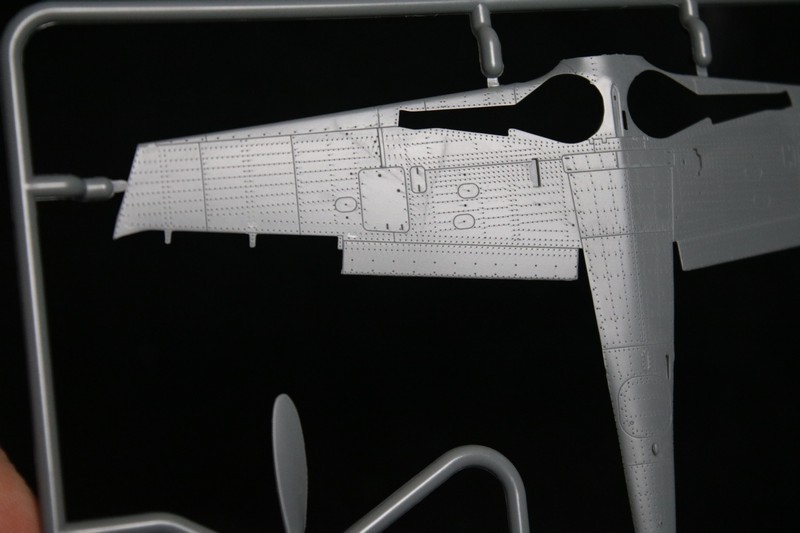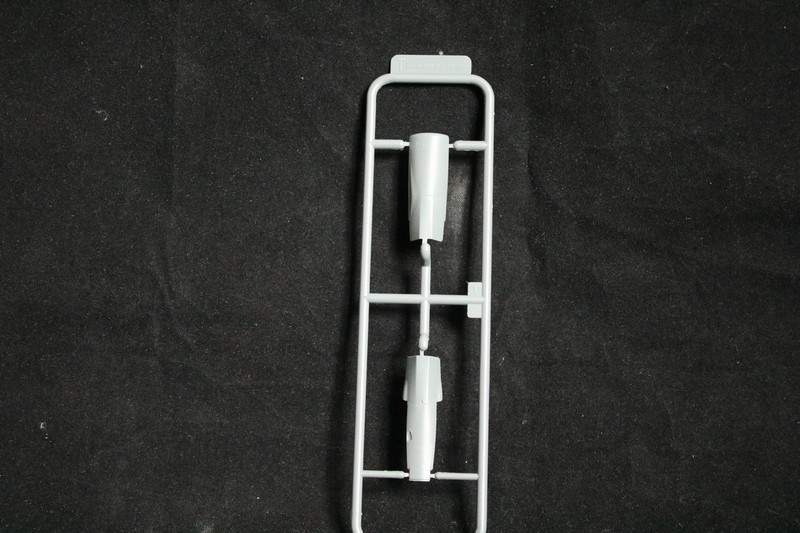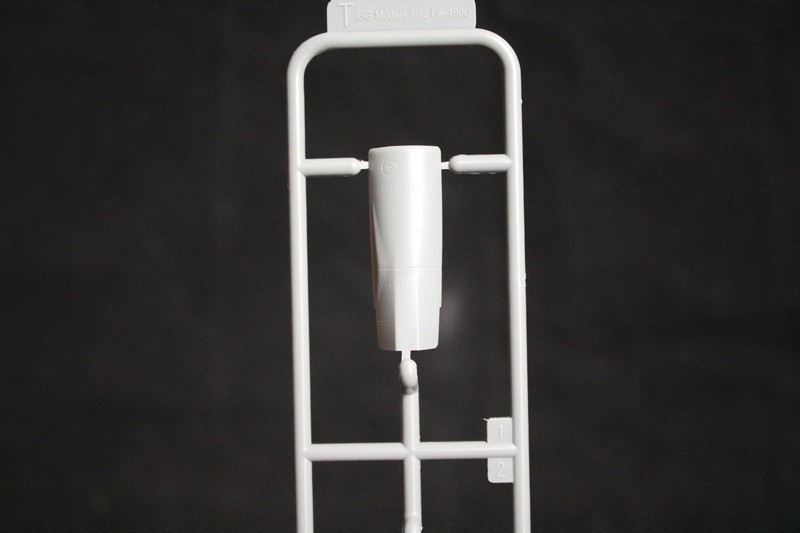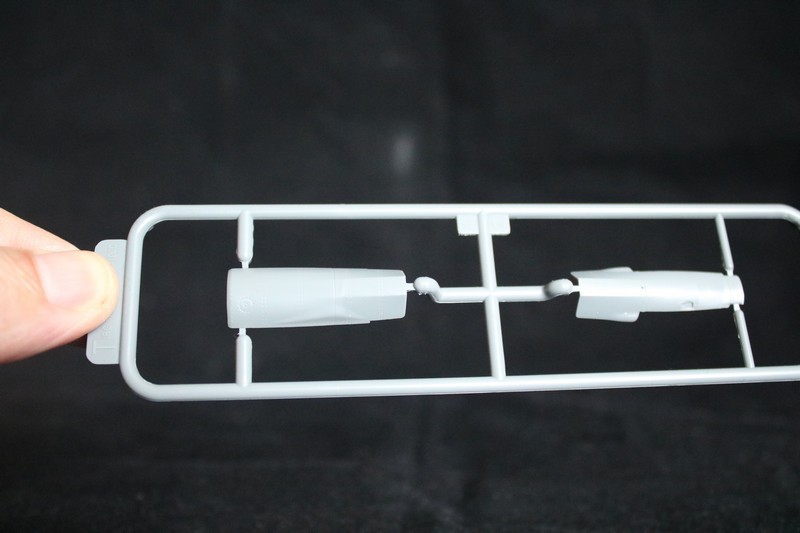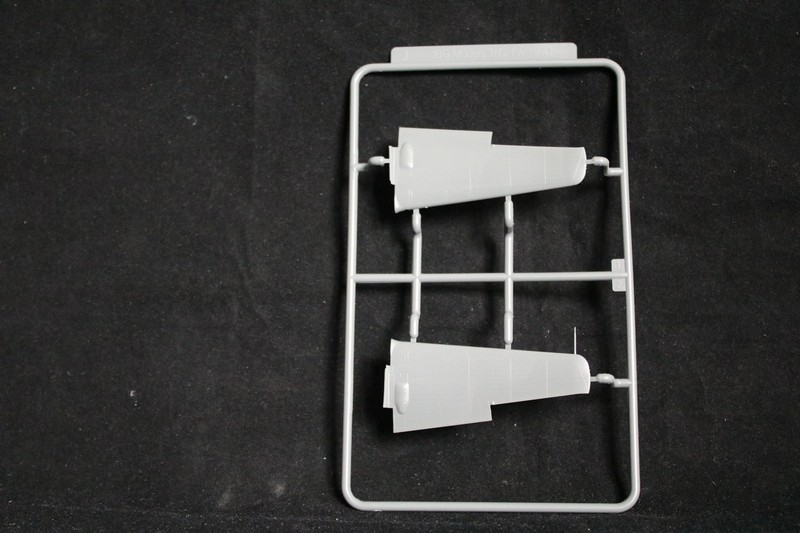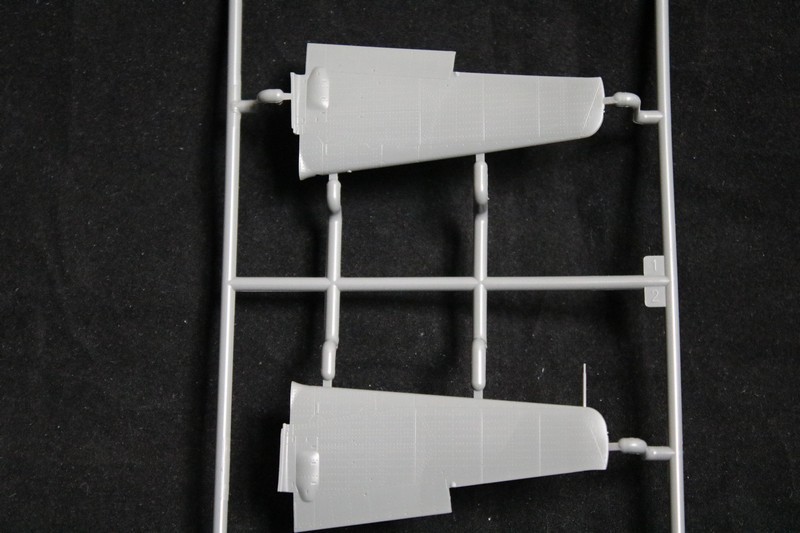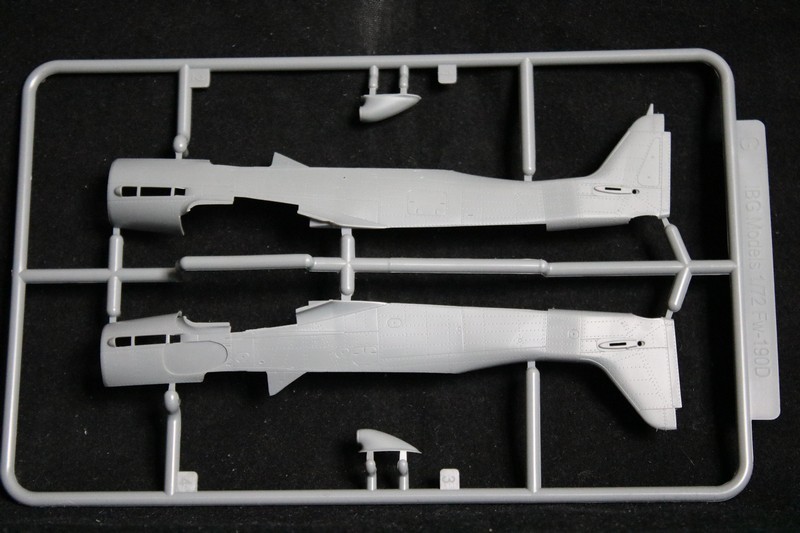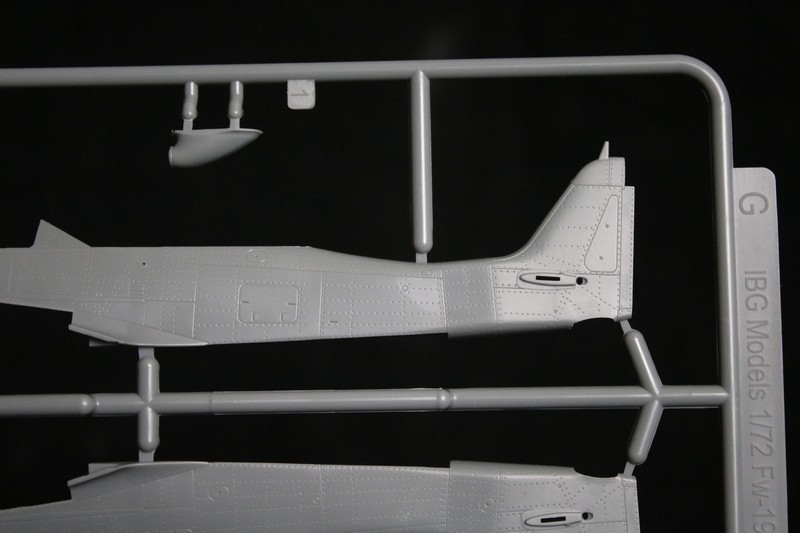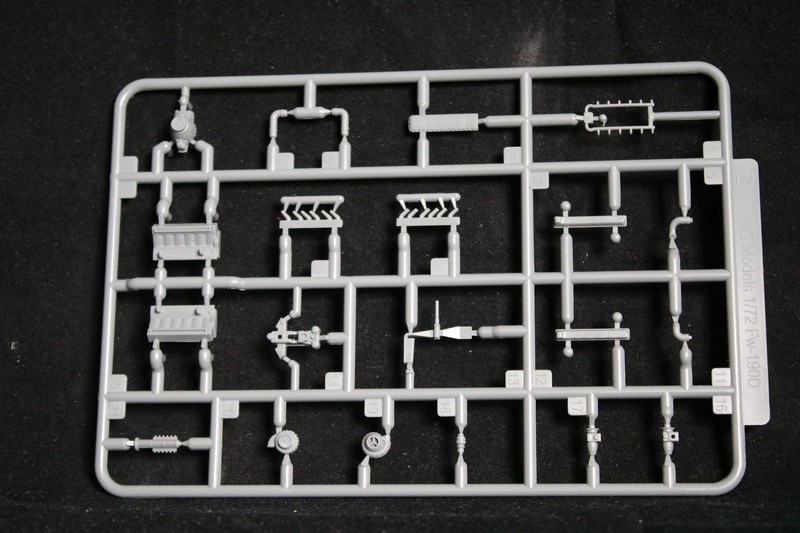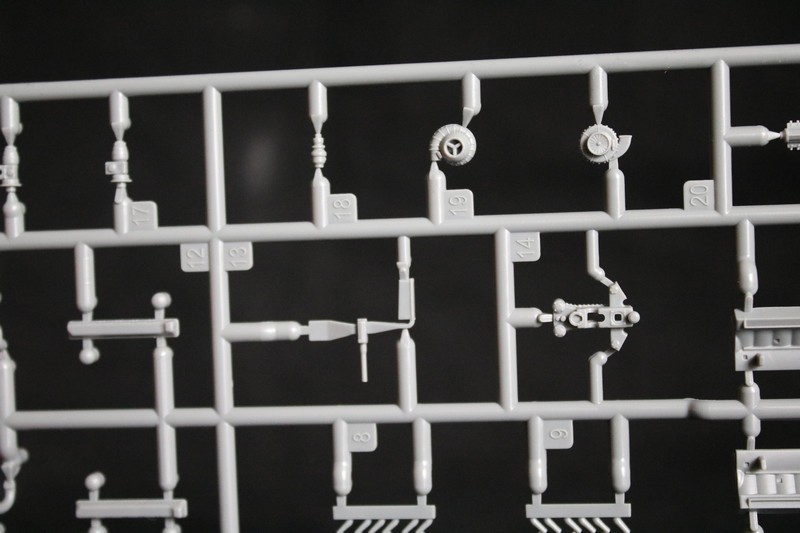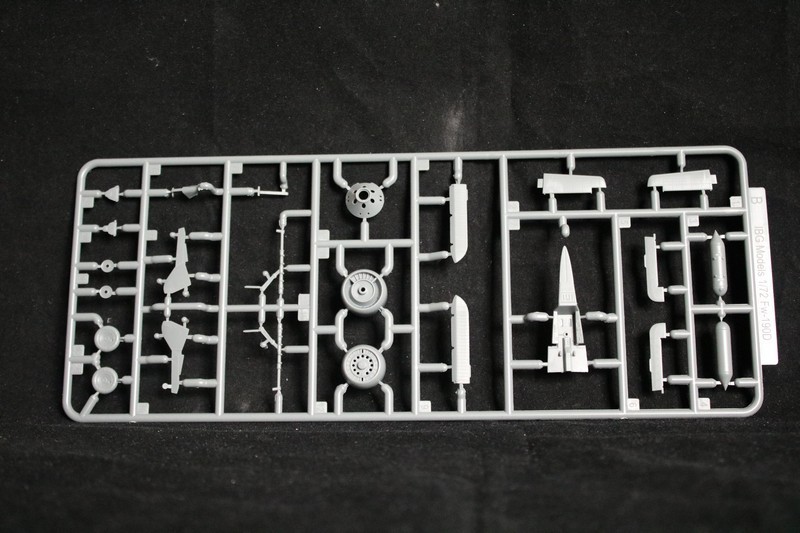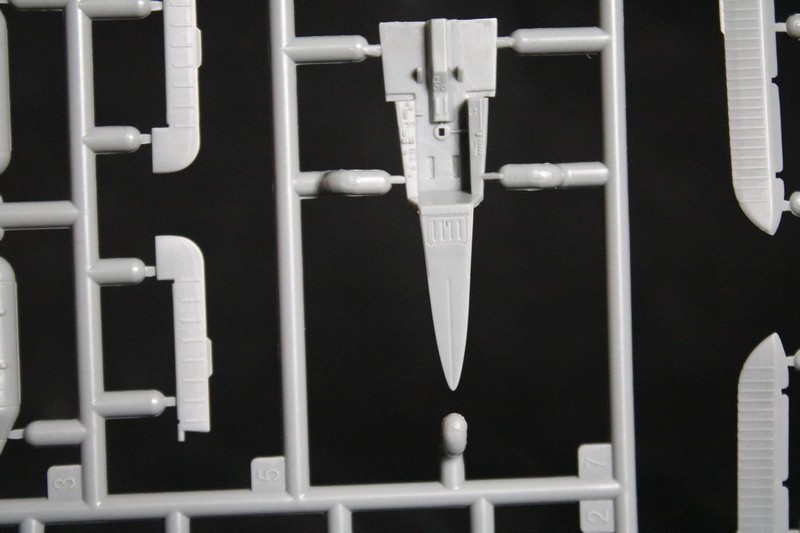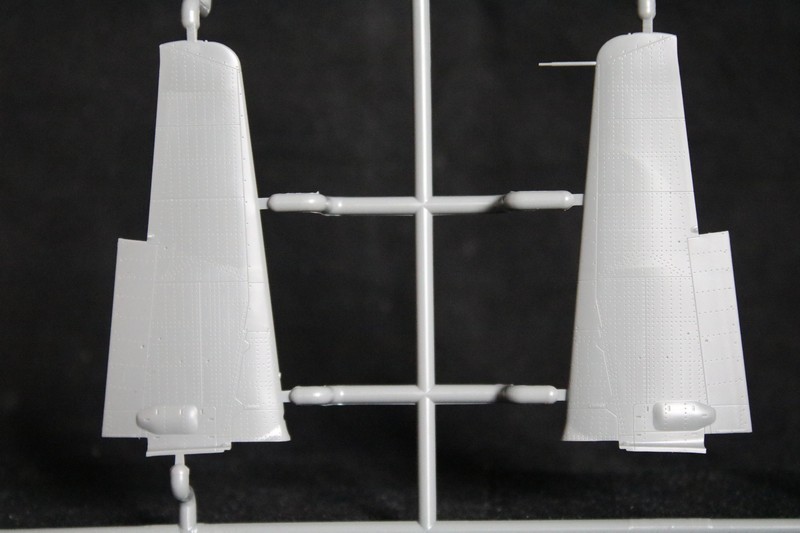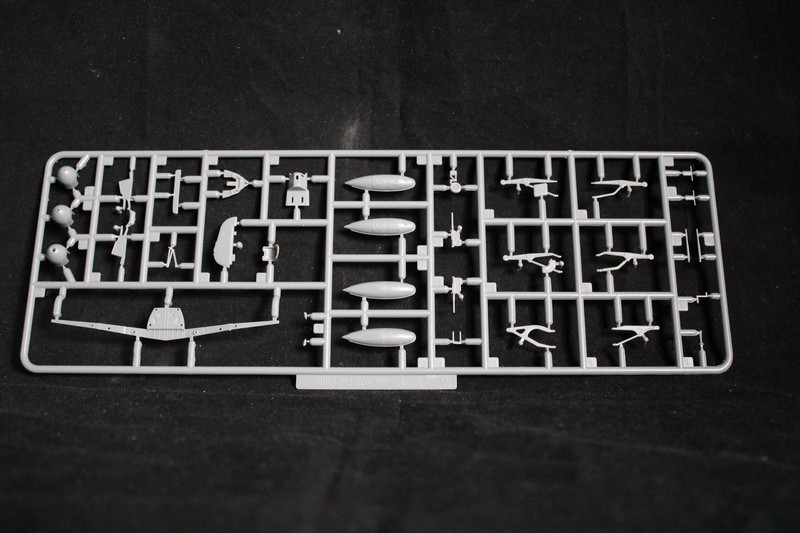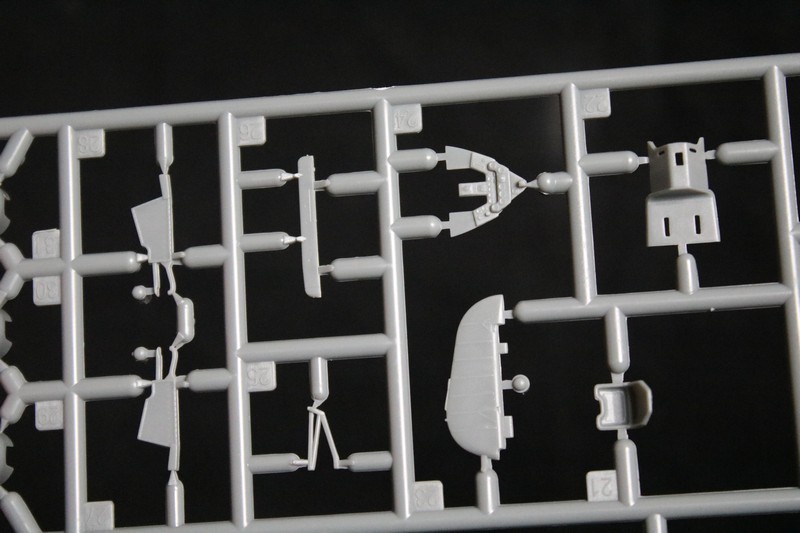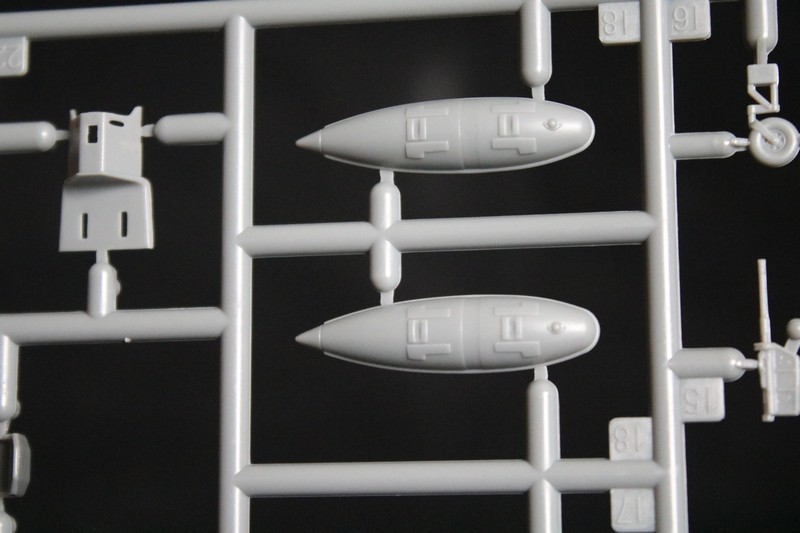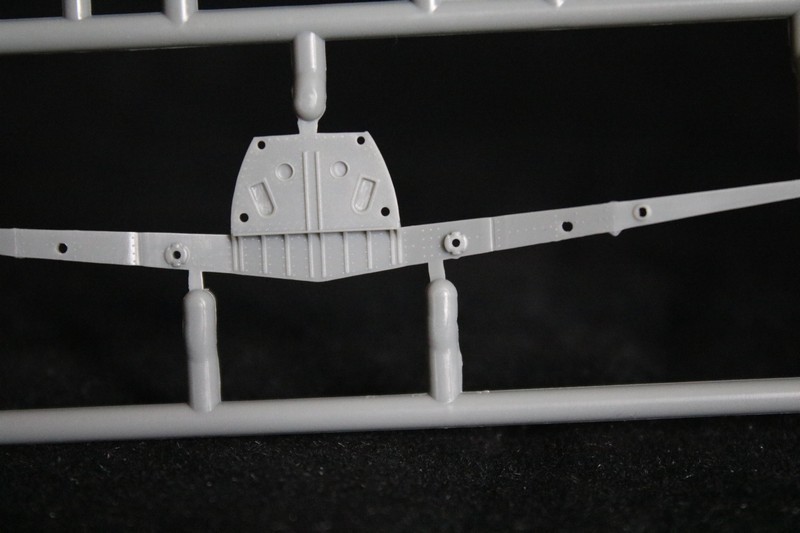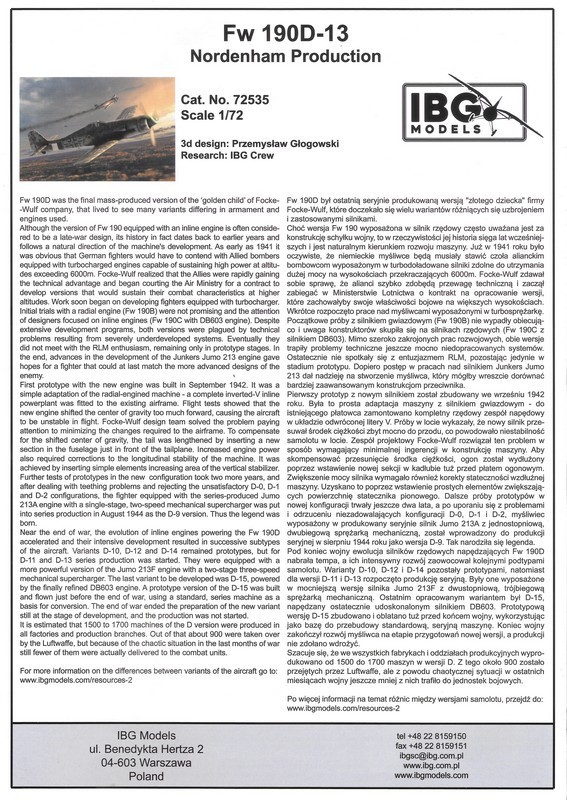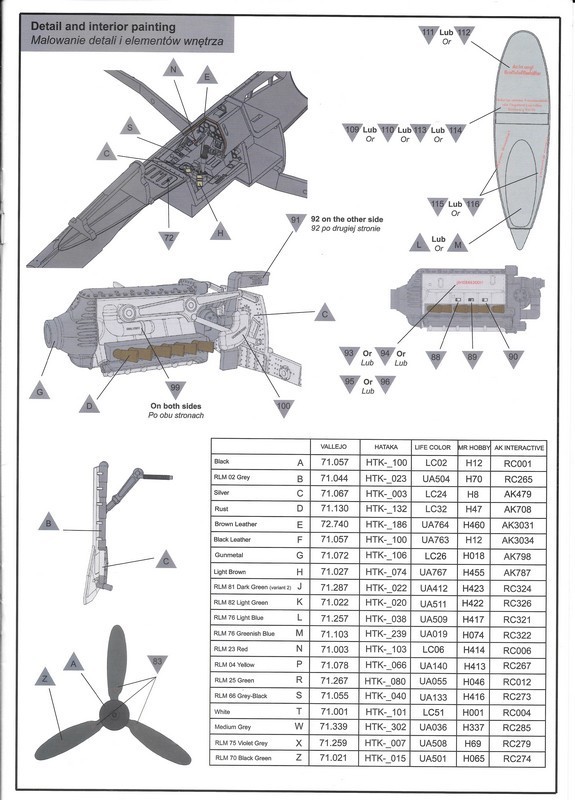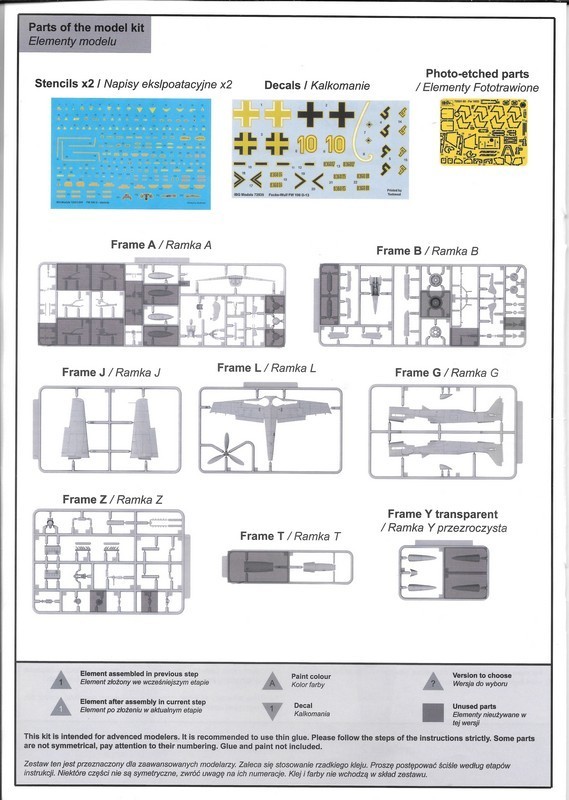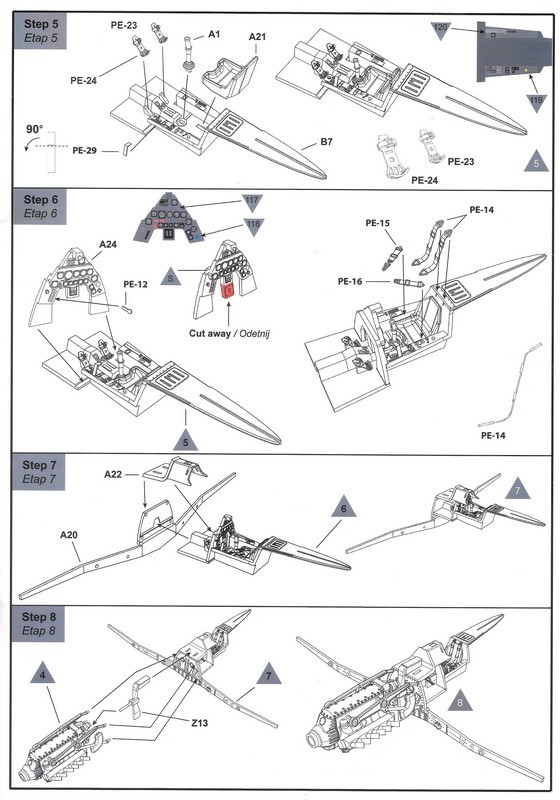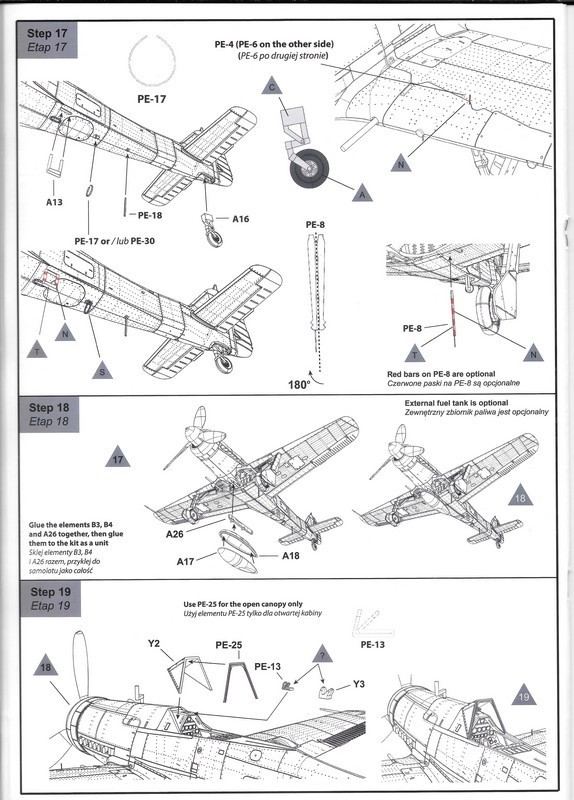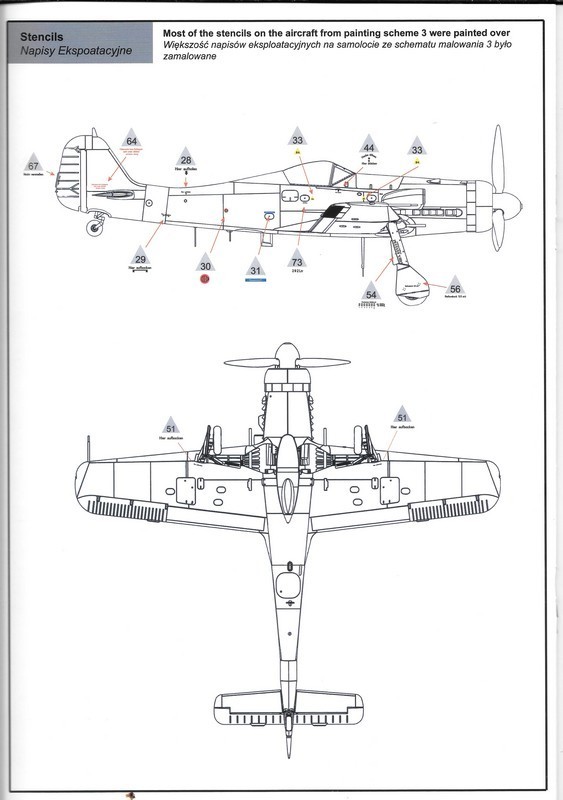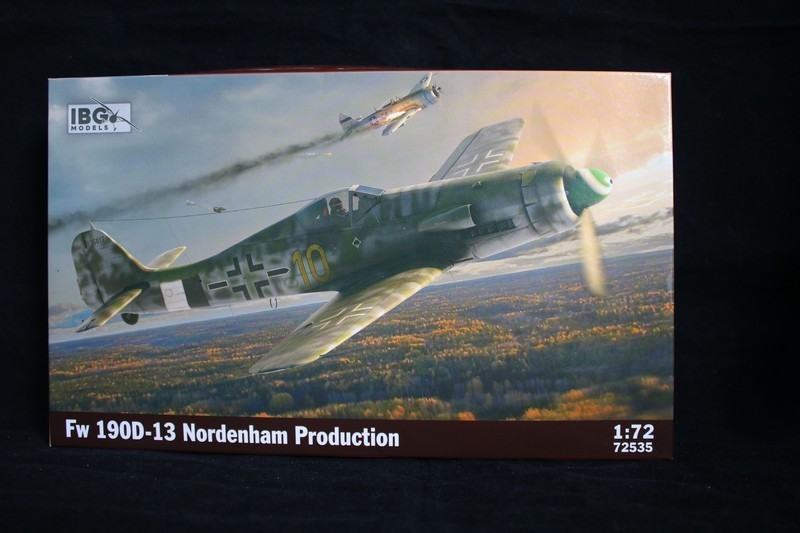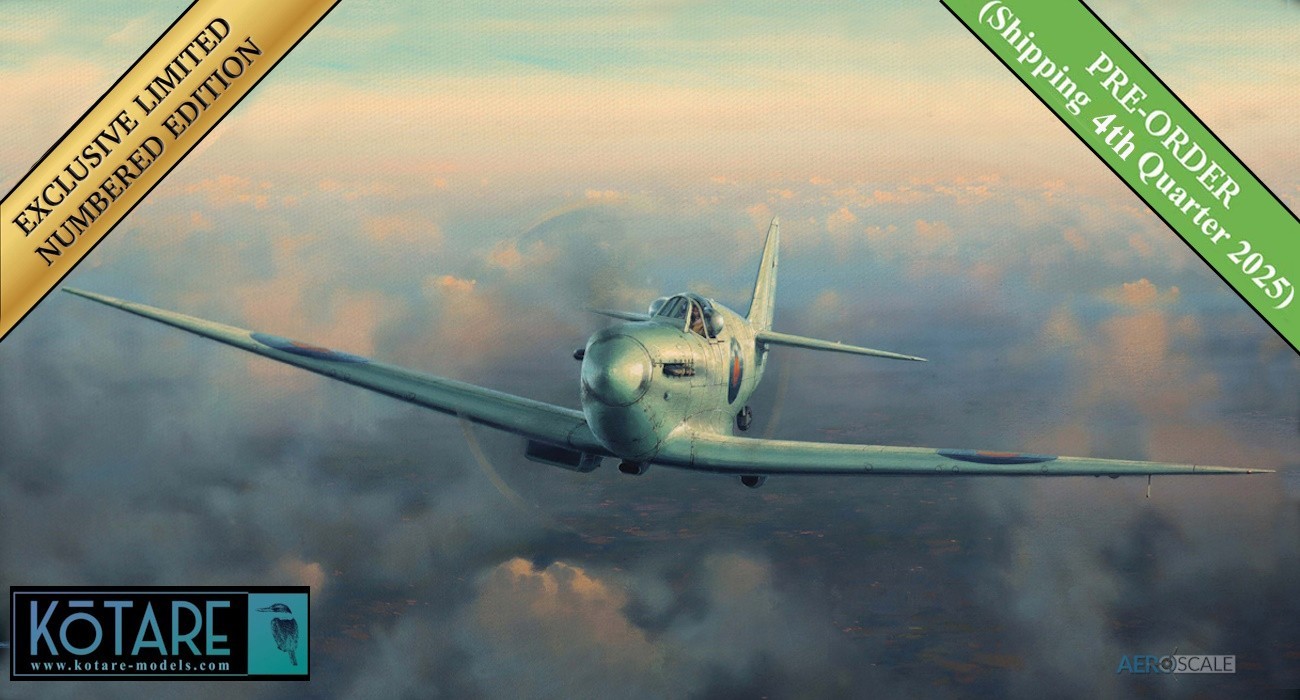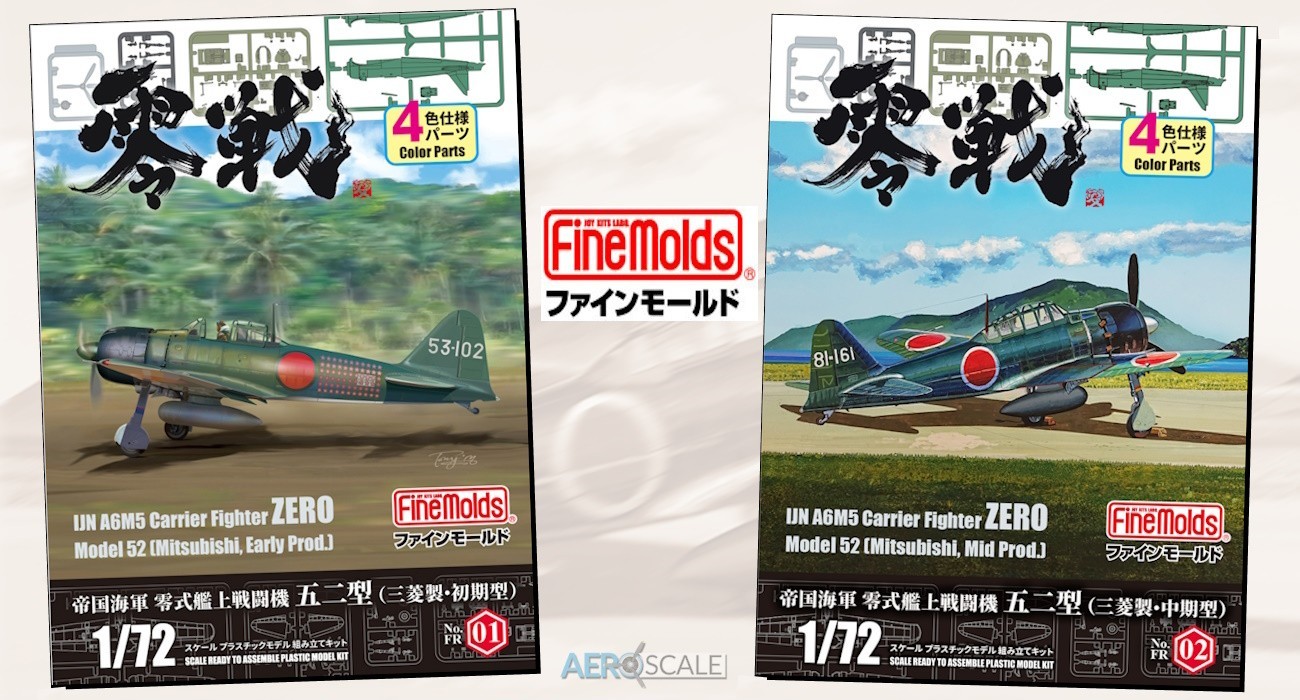Brief History
The Focke-Wulf Fw 190, nicknamed Würger ("Shrike") is a German single-seat, single-engine fighter aircraft designed by Kurt Tank at Focke-Wulf in the late 1930s and widely used during World War II. Along with its well-known counterpart, the Messerschmitt Bf 109, the Fw 190 became the backbone of the Jagdwaffe (Fighter Force) of the Luftwaffe. The twin-row BMW 801 radial engine that powered most operational versions enabled the Fw 190 to lift larger loads than the Bf 109, allowing its use as a day fighter, fighter-bomber, ground-attack aircraft, and to a lesser degree, night fighter.
The Fw 190A started flying operationally over France in August 1941 and quickly proved superior in all but turn radius to the Spitfire Mk. V, is the main front-line fighter of the Royal Air Force (RAF), particularly at low and medium altitudes. The 190 maintained superiority over Allied fighters until the introduction of the improved Spitfire Mk. IX. In November/December 1942, the Fw 190 made its air combat debut on the Eastern Front, finding much success in fighter wings and specialised ground attack units (Schlachtgeschwader – Battle Wings or Strike Wings) from October 1943.
Between 1934 and 1935 the German Ministry of Aviation (RLM) ran a contest to produce a modern fighter for the rearming Luftwaffe. Kurt Tank entered the parasol-winged Fw 159 into the contest, against the Arado Ar 80, Heinkel He 112, and Messerschmitt Bf 109. The Fw 159 was hopelessly outclassed and was soon eliminated from the competition along with the Ar 80. The He 112 and Bf 109 were similar in design but the 109's lightweight construction gave it a performance edge the 112 was never able to match. On March 12, 1936, the 109 was declared the winner.
Even before the Bf 109 had entered squadron service, in autumn 1937 the RLM sent out a new tender asking various designers for a new fighter to fight alongside the Bf 109, as Walter Günther had done with his firm's follow-on to the unsuccessful He 100 and He 112. Although the Bf 109 was an extremely competitive fighter, the Ministry was worried that future foreign designs might outclass it and wanted to have new aircraft under development to meet these challenges. Tank responded with several designs, most powered by a liquid-cooled inline engine.
However, it was not until a design was presented using the air-cooled, 14-cylinder BMW 139 radial engine that the Ministry of Aviation's interest was aroused. As this design used a radial engine, it would not compete with the inline-powered Bf 109 for engines, when there were already too few Daimler-Benz DB 601s (about 10 minutes) to go around. This was not the case for competing designs like the Heinkel He 100 or twin-engine Focke-Wulf Fw 187, where production would compete with the 109 and Messerschmitt Bf 110 for engine supplies. After the war, Tank denied a rumour that he had to "fight a battle" with the Ministry to convince them of the radial engine's merits.
Contents
Seven light grey coloured sprues carry all of the aircraft parts, one clear sprue for the cockpit glazing, one small to medium size photo-etch sheet, and two decal sheets one for the common decals for the Focke Wulf 190D-13. One large instruction booklet that is shiny and colourful. Also, the two boxes with 3-D printed parts, one with the two exhausts and the other one for depicting the flaps down this one has their own instructions which again are colourful and shiny.
Review
So, first impressions, for a start the person who does the artwork for this particular kit has made the kit very likely to fly off the shelf it is so good and eye-catching, that, I will basically keep the box top and hang it somewhere in my man cave. The box itself is a cardboard carton box with a thin cardboard lid. It is fairly strong and should arrive safely by post, but as we all know there are many small courier companies that do leave a lot to be desired.
First, I am going to tell you about the 3D-printed parts that were sent over along with the kit for review these items from IBG models are in boxes of a comparable size to a pack of playing cards inside was a small resealable plastic bag to keep the printed parts from getting damaged. The exhausts themselves are very nice in detail and will stand out much better than the exhausts in the box that said though if doing a straight out-of-the-box build the ones that come with the kit will be adequate.
The flaps on the other hand are really sharp with the detail and necessary for an aircraft on the ground after just coming back from a sortie I can already picture a diorama in my head and will be making it.
So, onto the main parts of the kit the office, as I like to call it, the molded cockpit surprisingly is rather good in my humble opinion, there are visual switches and a leaver. I am sure that an aftermarket version is available but not sure it needs this. The two main halves of the fuselage look exactly how they should and carry a great deal of interest from the observation panel to the panel lines and rivets put your fingernail very gently onto the surface and gently pull it back you will feel the detail.
Now IBG Models do not have the locator pins to match up with the usual holes on the other side of say the fuselage, so I did cut off the sprue of the two halves of the fuselage just to see how easily they line up and if there were any issues. Now the plastic itself feels thin and soft but, actually does not feel that is going to break too easily, holding on to both halves and lining them was not too much of an issue in fact it really lends itself to a thin glue like Tamiya and once glued not a single gap, however, if you do not have to any patients any issues with your hands then it may take you a bit longer to get it lined up and glued but the result will be a fuselage with very little to no lines where you glued it together.
The wings carry the same attention to detail as the fuselage, looking at a technical draft picture of the Fw 190D-13 I could quite easily see the starboard and port root (Casing) that housed the 151MG 20E Canon what I did not expect to see was the ammunition feed chute certainly not at this scale.
The undercarriage has some minor detail in the wheel well also the legs and weighted wheels but another masterpiece from IBG comes in the nicely detailed engine, lending itself to the possibility of a nice diorama scene of a repair or a whole new engine being fitted all you need is a bit of imagination the results could be endless.
The clear glass cockpit is impressive and spotless without a single blemish and the fit is fantastic, with options for open or closed.
The decals two are very crisp they look very fin and should look amazing once on with one of three options
Option 1. Fw 190 D-13 Wk. Nr 836015 (optionally 018) Unit Unknown, found in Gardelegen
Option 2. Fw 190 D-13, “black >>”, Unit Uknown (Possibly Stab JG/26) Wk. Nr 836016, found in Pilsen-Bory, Czechoslovakia
Option 3. Fw 190 D-13/R11 “Yellow 10”, Stab JG/26 Wk. Nr 836017, found in Flensberg Germany, May 1945.
A second decal sheet is a comprehensive number of common decals for all three of the Fw 190 D-13 three options
The Photo-etch sheet has some fantastic parts including foot pedals, seat belts, a stencil to scribe optional detail (could be used on other Fw-190) plus various parts for all over the build.
The instruction booklet now is gorgeous easy to follow shiny and colourful and should be followed by other modelling companies as a standard with all instructional booklets.
Conclusion
IBG Models have pulled out all the stops over recent times to create outstanding artwork, especially on the box lid of this Nordenham Production Fw190D-1, the photo-etch and decals, the crisp decals the amazing detail on the aircraft itself and then you open up the box and starring out at you is the instruction booklet glossy colourful and so easy to follow the pièce de résistance, instruction booklet from IBG as I mentioned what should be the model manufacturer standard I know one or two modellers that would be very happy with this type of instruction sheet or booklet. So let us look at what you get for your money converted from Euro it is £21 roughly give or take the odd penny or two, take away the 3-D printed parts as they are extras and I have checked for the price of those on the IBG Model but no price is indicated but they did have a third 3d printed item the pilot seat and seatbelts which did look good. So going back to the main kit the Fw190D-13, the kit itself is a highly detailed kit with a fair amount of photo-etch some of which is very good plus the piece of etch that you use to scribe extra detail so reusable, two decal sheets with three finishing options and a large number of common decals, the amazing instruction sheet. I cannot but say it is well worth the money and I highly recommend this kit absolutely stunning, for me IBG Models really are putting some amazing kits out in the market, long may this continue.
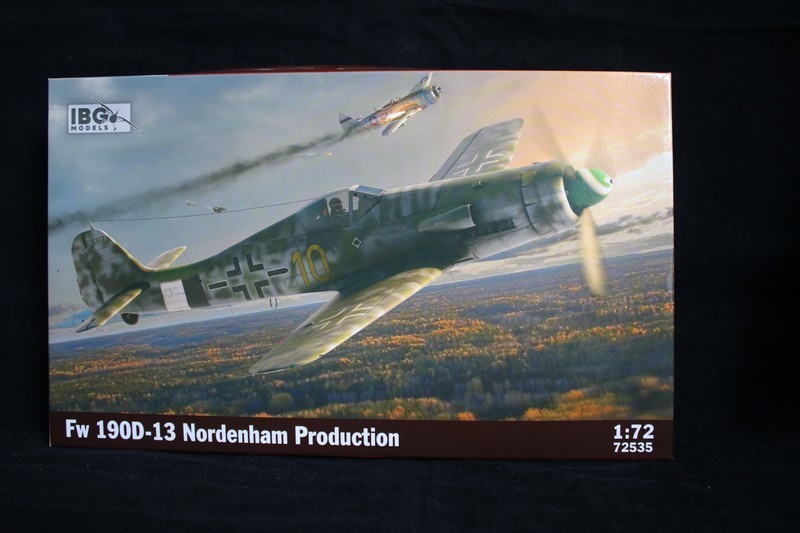
IBG models 3D printed extras exhausts
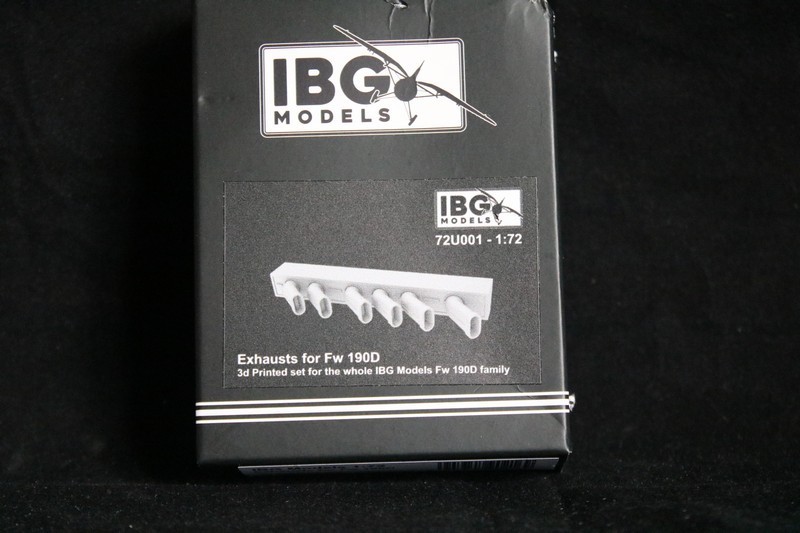
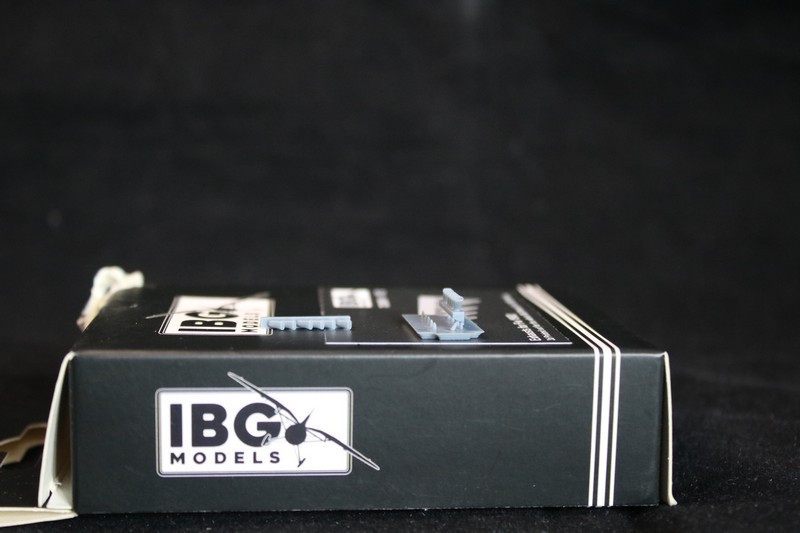
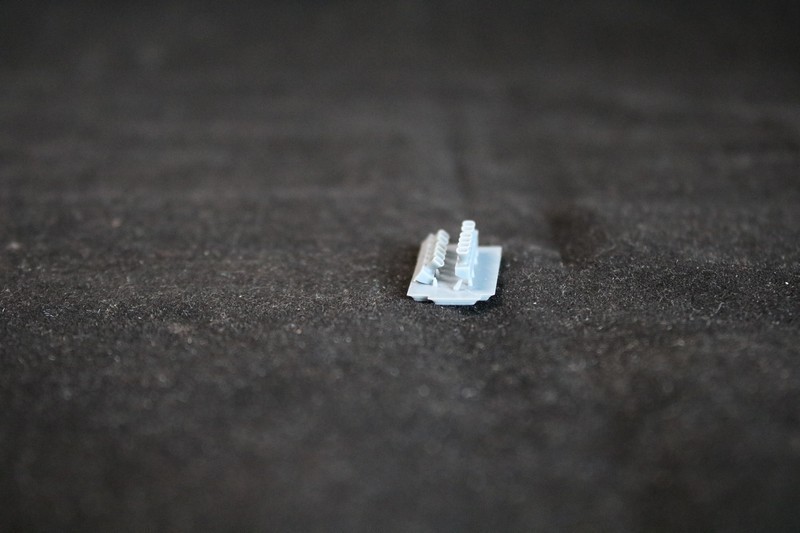
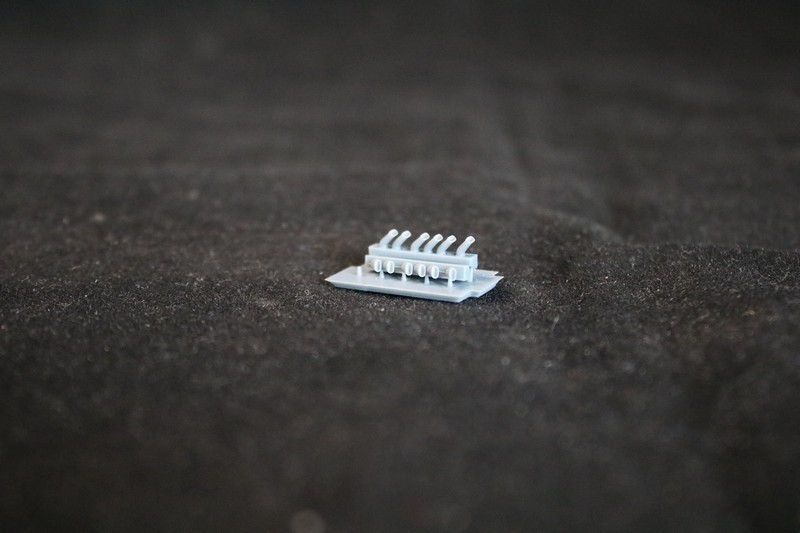
IBG Models 3-D printed flaps




